Hello! I have been interested in small engine efi for years and think this is fantastic. I have a 2 stroke twin rd350 and a 4 stroke parallel twin xs650. Both are excellent candidates. The xs650 has 120mm spacing just like an ex600 kawasaki. I can adapt a kawasaki throttle body onto an xs easily. I just need the controller. I was originally going to use mega squirt. But this looks way easier! I would love to help develop this system.
I am an industrial maintenance technician and accomplished electrician and fabricator. I am very interested in seeing how I could help set this up. I am adapting a fully rectified ac to 12v DC system and making my own CDI setup using a zeeltronics controller. I have power and ignition covered. But I would prefer to go efi instead of using pumper carbs.
My plans are as follows.
The xs650 is completely analog. nothing digital. It still used an excited field brushed generator.
First plan is to convert to Modern 200 watt PMA alternator, in progress.
After I convert the bike to the PMA system I can install your ECU to power the Ignition and fuel requirements. With your Fuel injection controller I can very easily have a motor running off of EFI.
I can use Harley head k type head temp as the CLT sensor. I can use a set of EX500 throttle bodies, they have TPS, IAT, as well as a fuel rail and injectors. That throttle body literally fits right on.
I would use a Harley sportster fuel pump to get to the required fuel pressure. or a provided fuel pump and install a pressure guage in line
The PMA Rotor or Flywheel is from a Yamaha Banshee quad and after being installed I can create a tone ring, if you needed a high resolution signal to repeat back to the ecu. or use the factory single position pulsar coil.
What else would you need to know?
I also have a Yamaha RD350 aircooled two stroke 350 cc twin that I would think would be extremely promising. It is incredibly popular and I can use the same alternator as on my xs650. Its a race bike and it would be a great test of the true potential and range of the device.

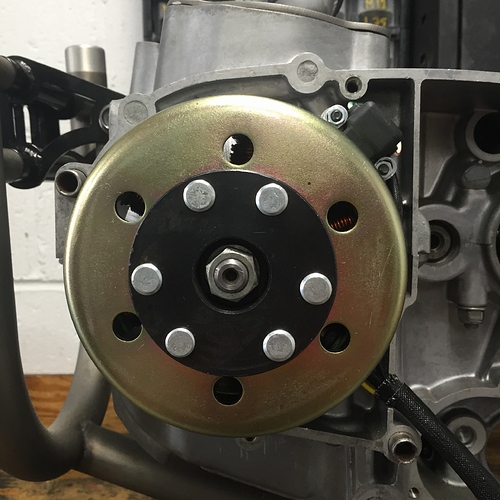
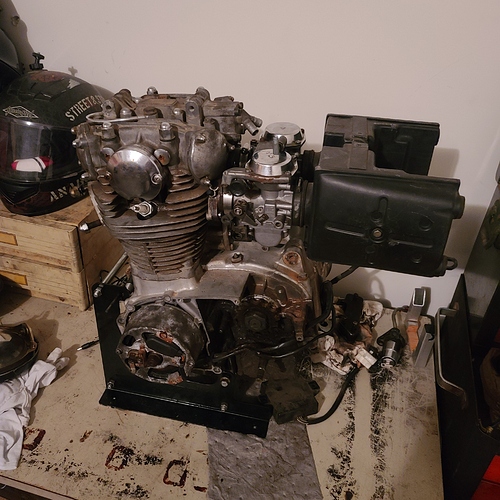

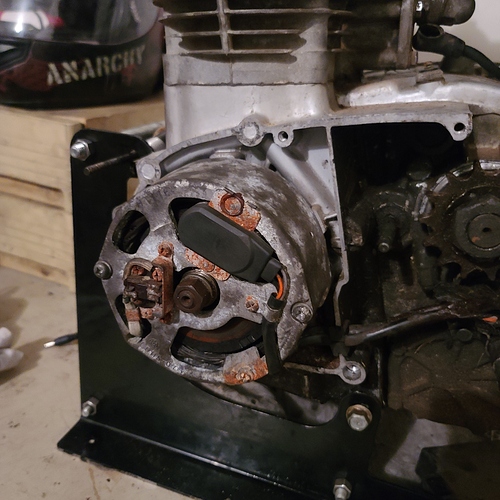
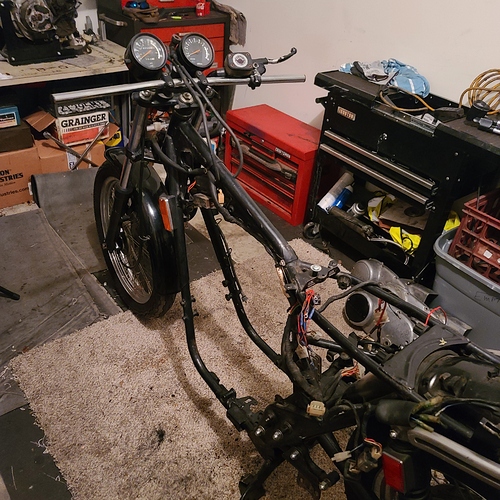
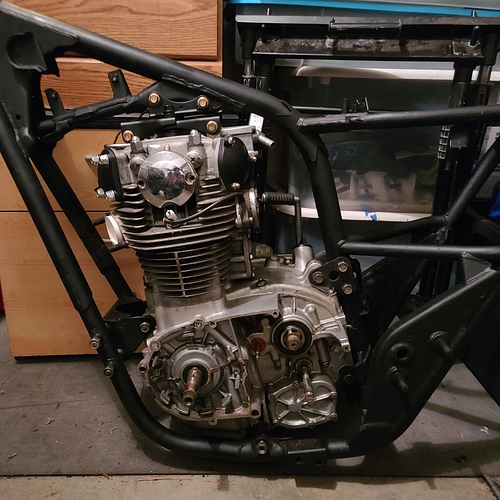
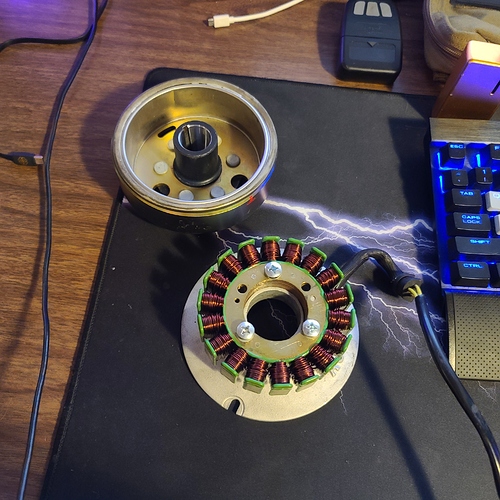
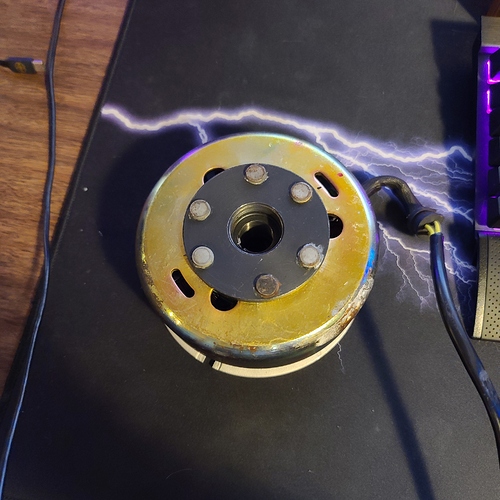
 ]
]